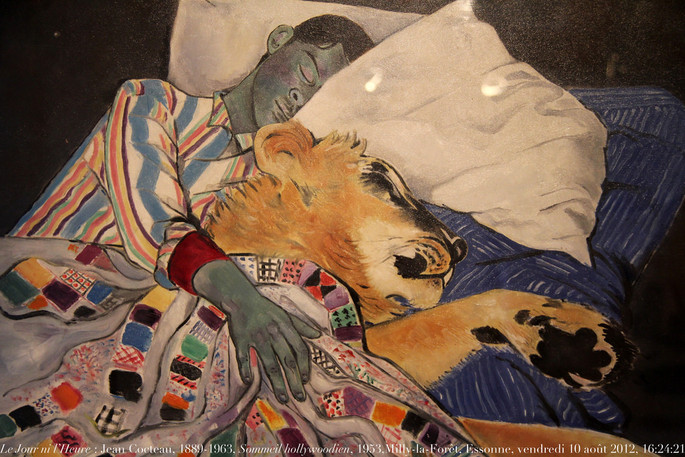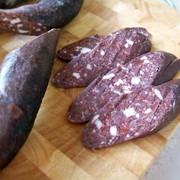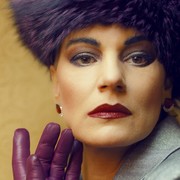From his first trip to Italy in 1908 with his mother, to the 1950s when he resides, Jean Cocteau will not stop frequenting the Mediterranean rim. His stays have always been sources of inspiration: first the creation of Ballet Parade in 1917 imagined in Rome to the tattooed walls (Villa Santo Sospir, Chapel St Pierre de Villefranche, Room of the Weddings of the Town Hall of Menton).
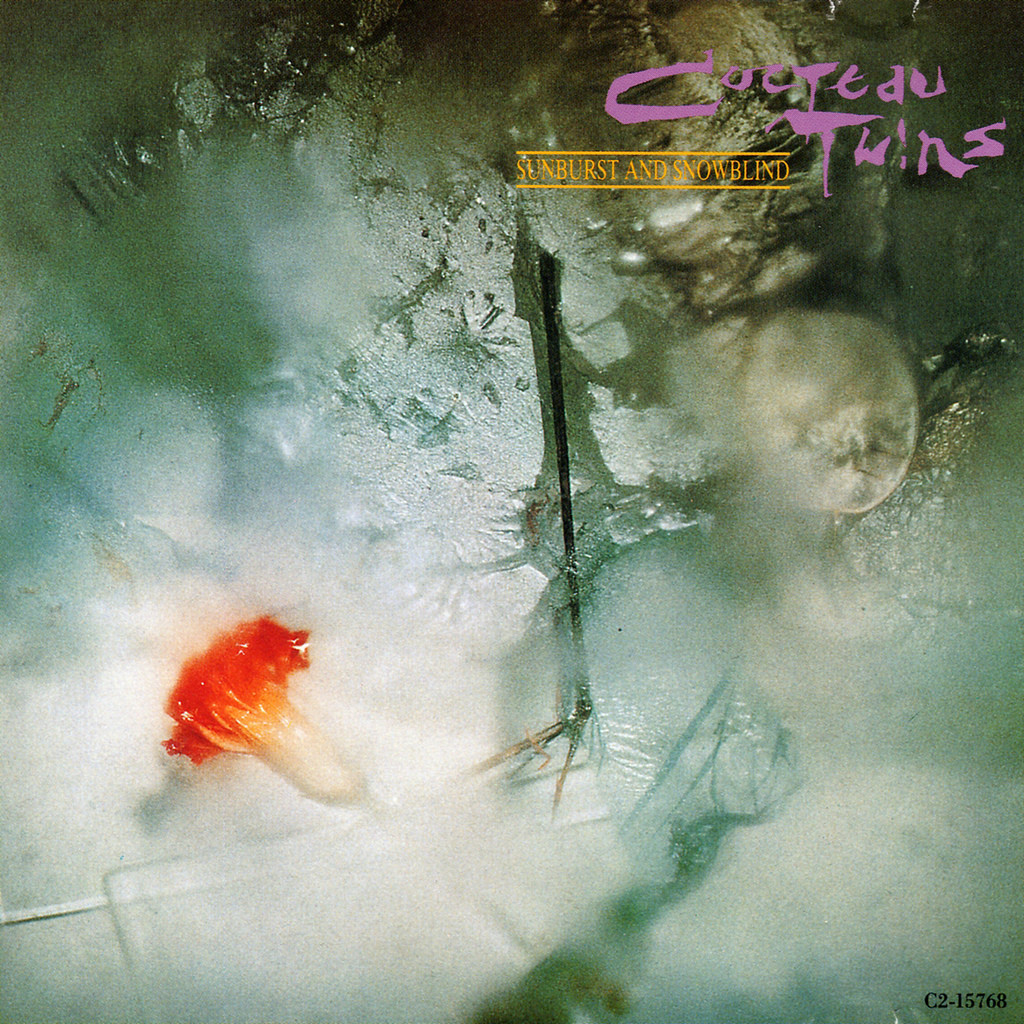
[Cocteau, Twins Sunburst and wind, credit Flickr]
During his longer stay from 1950 to 1963, the poet, settled at his friend Francine Weisweiller in Saint-Jean-Cap-Ferrat, tried new techniques. This period is marked by a stylistic break and the gradual introduction of color in his graphic work. Gradually, the use of pencils, wax and felts tend to thicken his famous "line of life", which contorsions in arabesques and labyrinths, sometimes going as far as disappearing in favor of large colored surfaces. We then find in paintings, drawings, pottery and engravings of the artist a very personal interpretation of the syntax of Picasso, his accomplice forever.
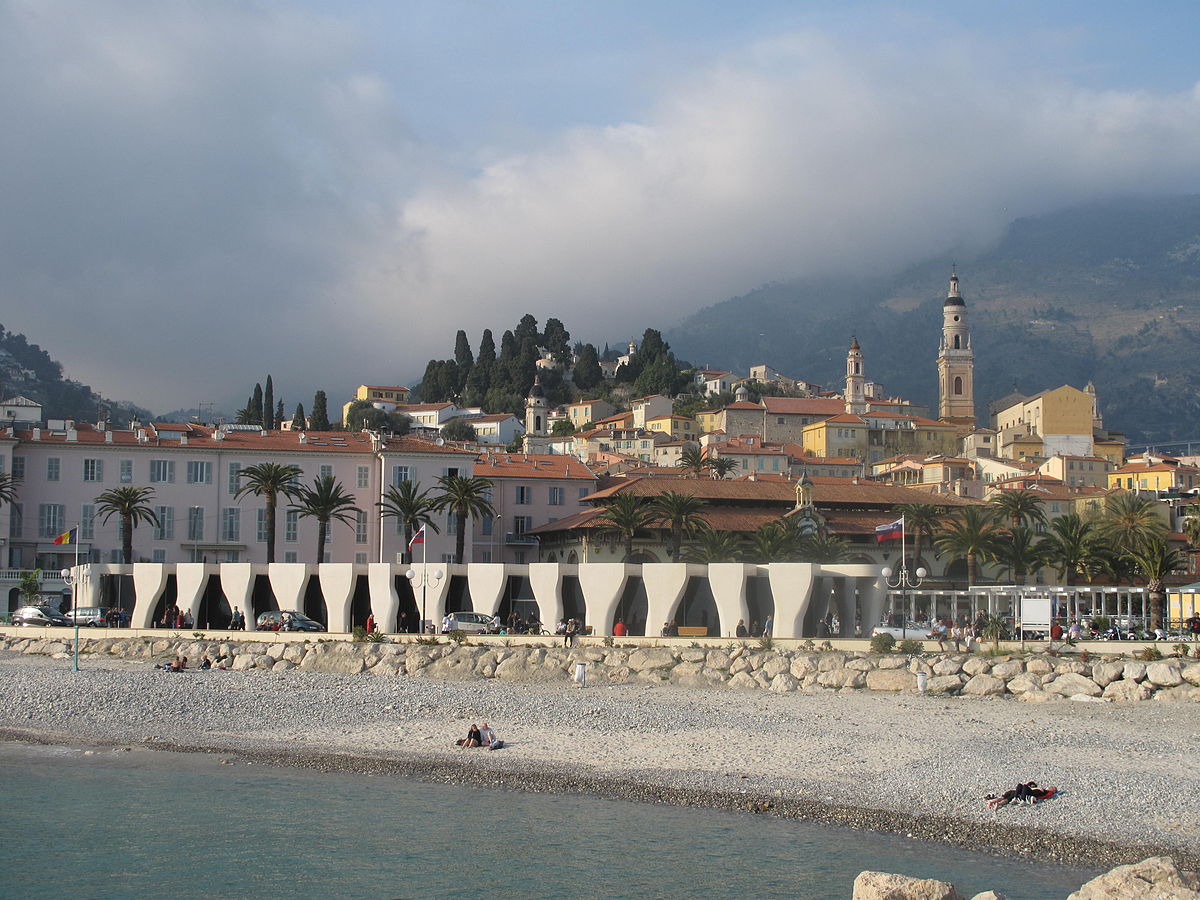
[Cocteau museum, credit Tangopaso]
Jean Cocteau's Mediterranean is a mix of Greek, Italian and Spanish influences. It summons ancient mythology through the Faunas, the world of bullfighting, gypsy culture and flamenco by the four-handed works of the poet and Raymond Moretti, and the colorful characters of Picasso's works by the Harlequins or from the Commedia dell'arte with the Innmorati.
At the twilight of his life, the child of Maisons-Laffitte will often define himself as a true Mediterranean.
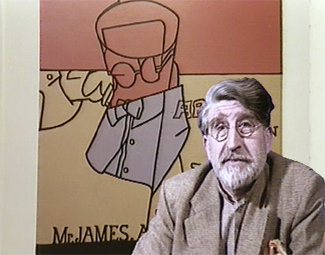
[Adami, credit Pantalaskas]
Valerio Adami, Lifeline (s) till November 5th, 2018
The Valerio Adami style, developed from the middle of 1960s, is recognizable among thousands. It is based on a powerful line, always drawn with a black brush, delimiting the outline of each element as a definitive ring. Then comes the color in the form of flat areas in acrylic, a very intense and saturated color based on a deliberately restricted palette, playing on the effects of contrast or contrairiwise camaïeu. Shadows are notoriously absent, defining a style that can be approached to the "clear line", a cloisonnist effect, or even the appearance of a stained glass window. At the upmost some secondary lines come sometimes to suggest the volumes of bodies and objects.
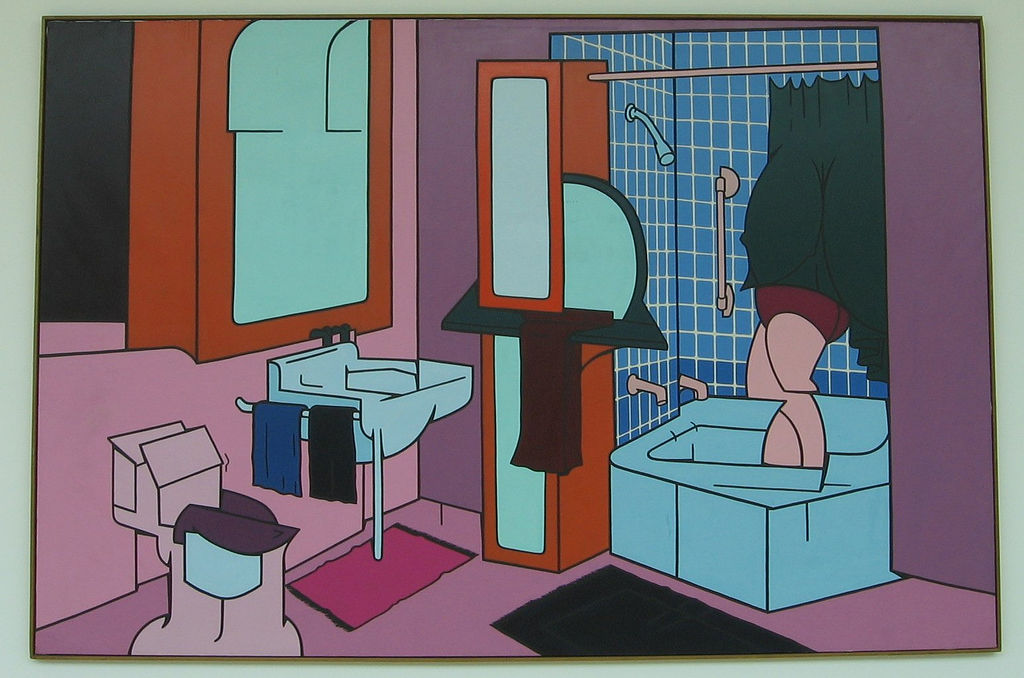
[Adami, Chelsea bathroom, credit Flickr]
The art of Valerio Adami is vast and deals with a wide variety of subjects. He feeds in particular on major themes that cross his work recurrently: mythologies, intimacy in all its forms, travel and the great figures of world history, especially artistic. These themes are the basis of the four sequences that form the framework of the exhibition's museum path proposed by the Jean Cocteau Museum Séverin Wunderman collection until November 5th, 2018.
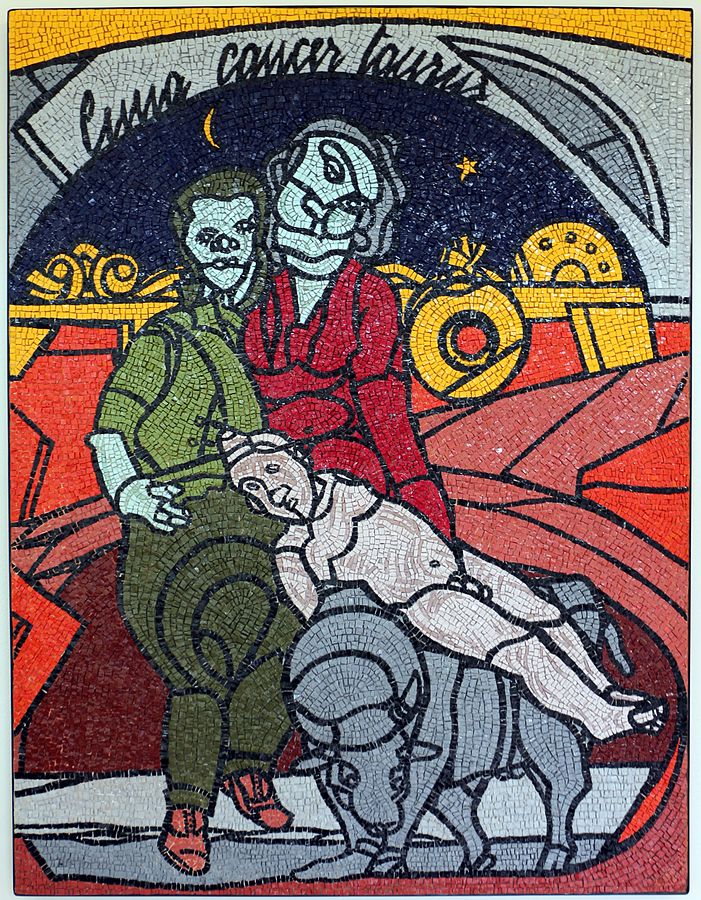
[Adami, Marco santi su dis, credit Sailko]
This exceptional exhibition presents about sixty paintings by the artist, for some accompanied by their preparatory drawings, spread over all the exhibition spaces of the ground floor, an area of 835 m².

